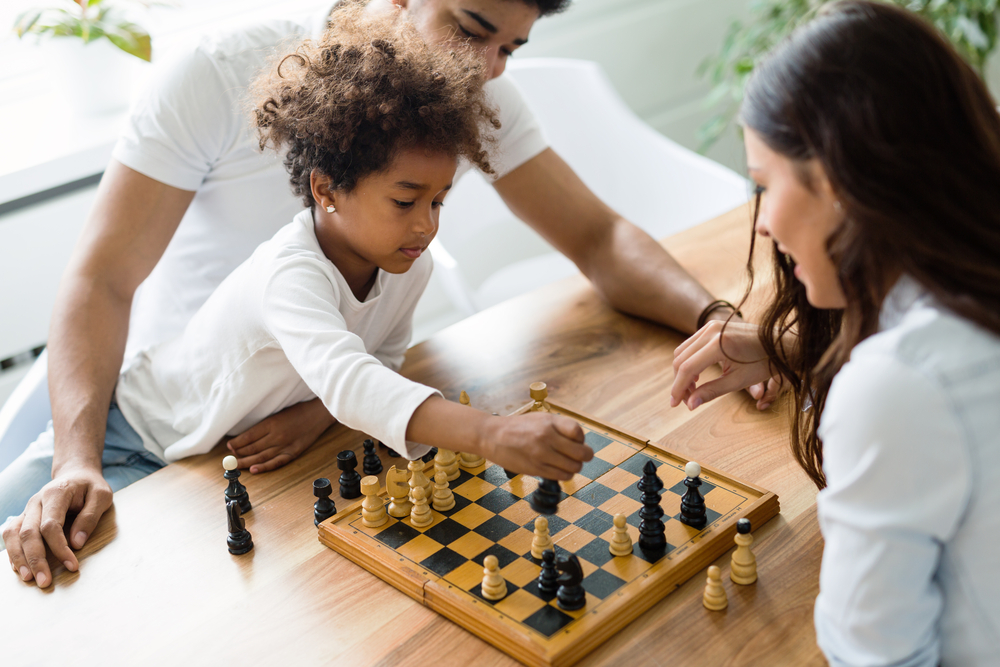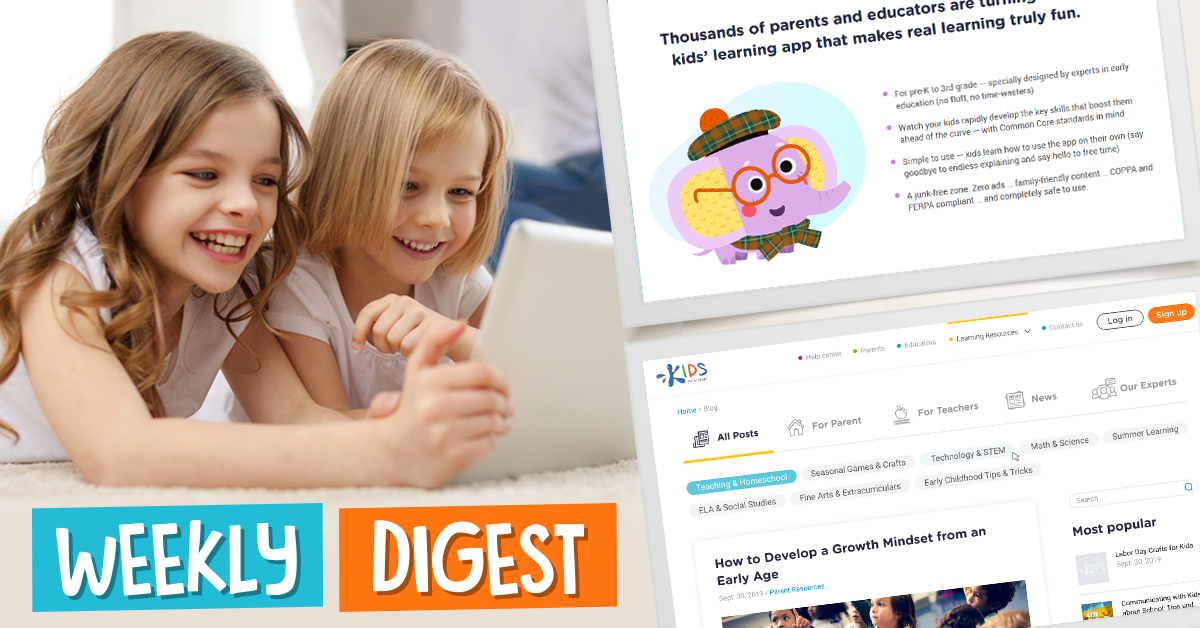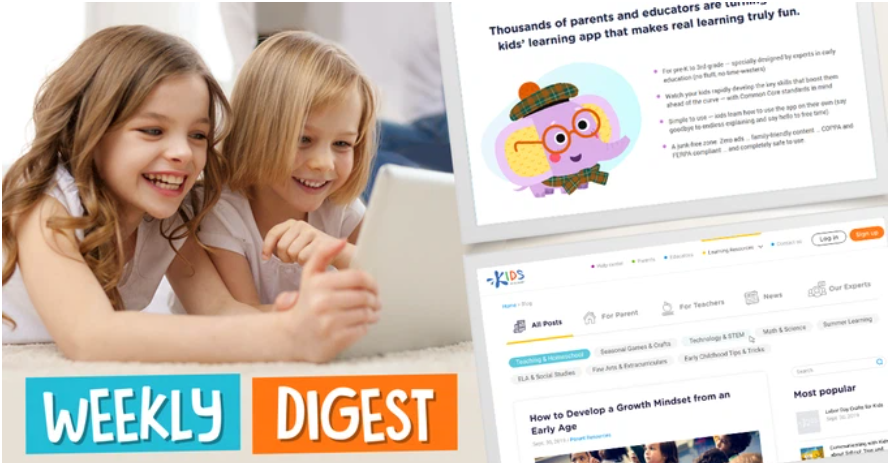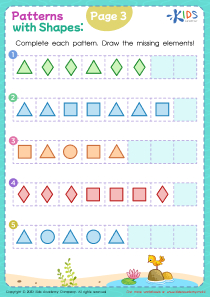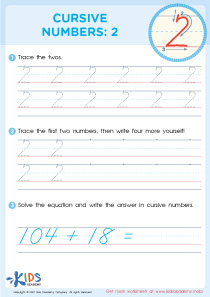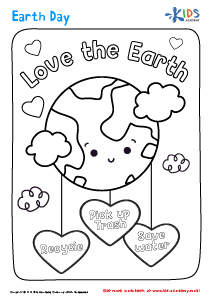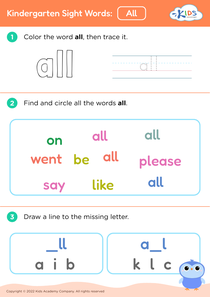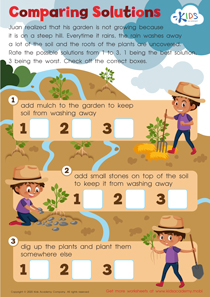Organ identification Worksheets for Kids
1 filtered results
-
From - To
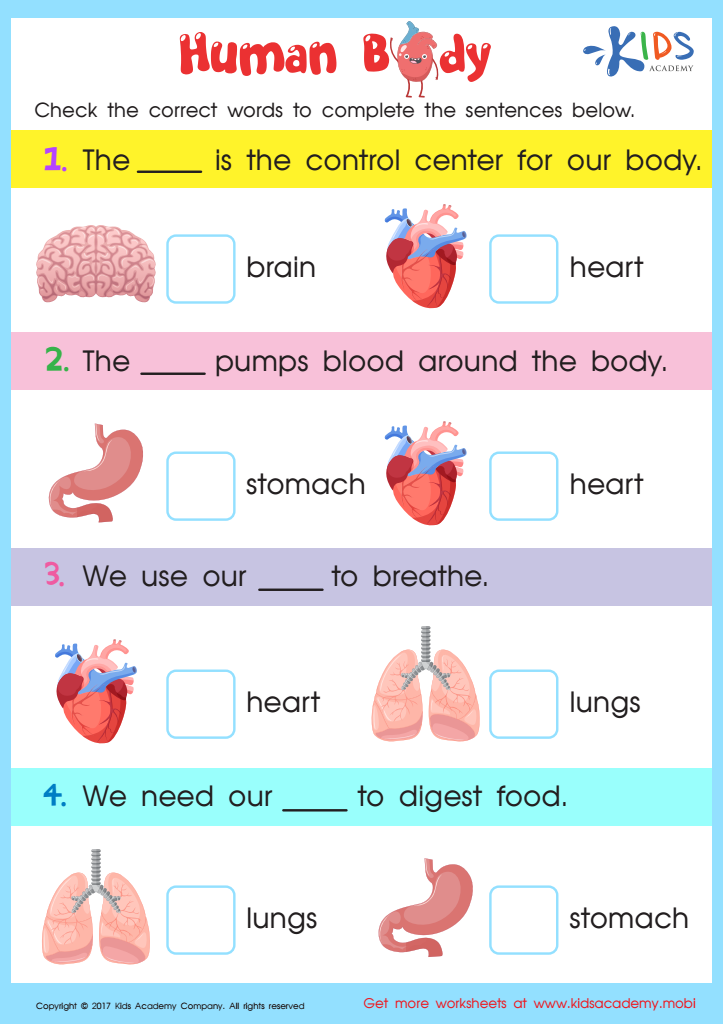

Internal Organs Worksheet
Question/Answer
What are some effective activities to train students’ Organ identification skill when teaching them about Our Body and Health?
Effective activities for training students in organ identification include using interactive 3D models or virtual reality experiences, playing anatomy labeling games, participating in organ matching card games, engaging in hands-on dissection labs (using specimens or synthetic models), and employing digital apps that simulate human anatomy exploration. These activities cater to different learning styles, making the learning process engaging and effective.
How to train the Organ identification skill in Grade 2 students learning about Our Body and Health?
To train Grade 2 students in organ identification, use interactive methods such as organ matching games, colorful anatomical charts, and hands-on activities like assembling organ puzzles. Incorporate storytelling that includes organ functions and their importance. Utilize digital apps designed for children that offer virtual tours of the human body, making learning engaging and age-appropriate.
What does the Organ identification skill mean when it comes to Grade 2 Our Body and Health learning?
The Organ identification skill in Grade 2 Our Body and Health learning refers to the ability of students to recognize and name different organs of the human body, such as the heart, lungs, brain, and stomach. It involves understanding the basic functions of these organs and where they are located in the body.

 Assign to the classroom
Assign to the classroom


